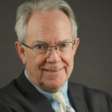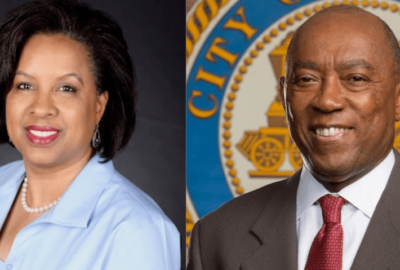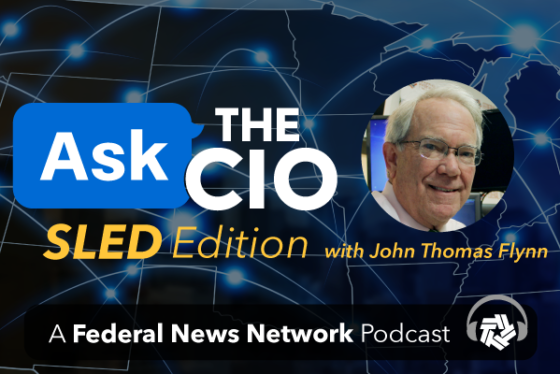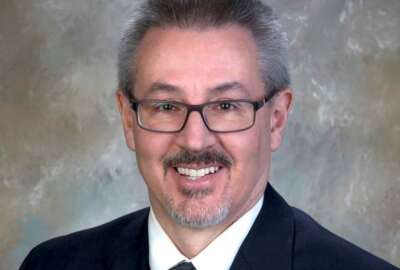
Houston: From hurricane disaster to smart city of tomorrow
Hurricane Harvey devastated Houston in 2017 but with Mayor Sylvester Turner and a partnership with Microsoft, the metropolis is being rebuilt with a smart city...
The New America public policy think tank here in Washington, D.C. recently held a panel on a growing phenomenon called smart cities, which have myriad definitions but are described by Wikipedia as “an urban area that uses different types of electronic data collection sensors to supply information which is used to manage assets and resources efficiently.”
A smart city “integrates information and communication technology” and physical devices on a network “to optimize the efficiency of city operations and services and connect to citizens.” In the case of the panel, that city was Houston, Texas.
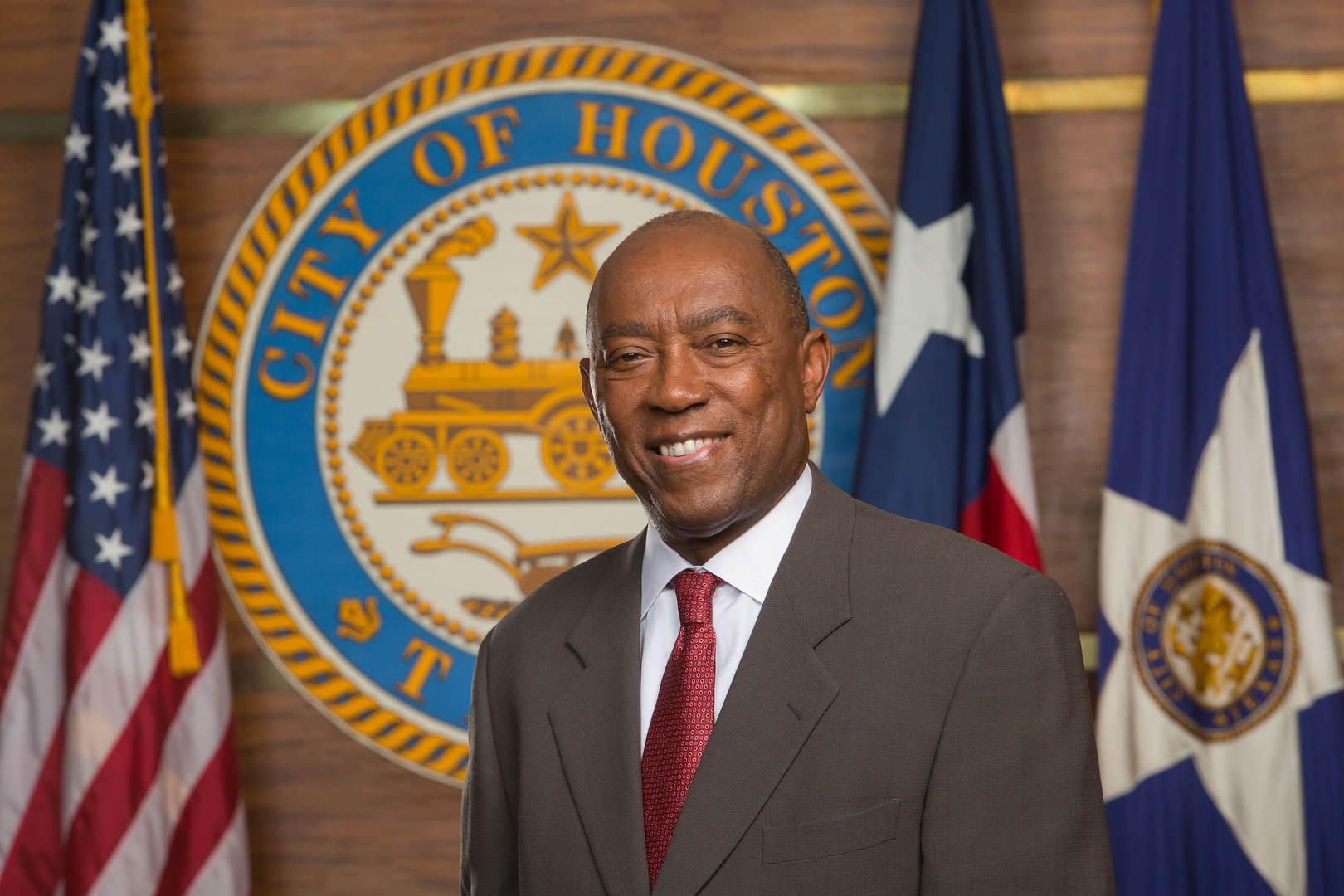
Houston Mayor Sylvester Turner, Microsoft President of U.S. regulated industries Toni Townes-Whitley and New America cybersecurity fellow Natasha Cohen discussed how smart city technology helped the Bayou City rebuild after Hurricane Harvey in 2017.
Turner and Townes-Whitley joined me afterwards on Ask the CIO: SLED Edition to further explore how the city was able to apply artificial intelligence, the so-called internet of things, machine learning and data analytics to a host of municipal departments — all to unite policymakers, business leaders and other stakeholders for a truly smart city.
I have seen smart cities evolve from basic 311 citizen calls centers for reporting roadkill and potholes to a plethora of technologies, devices and networks growing more extensive and sophisticated every day.
“We are focusing with Microsoft on transportation, public safety, schools, quite frankly, working with them very closely to create this connected infrastructure,” Turner said. “Technology that exists today may be changing tomorrow, but we had to define what it is that we’re seeking to do. We have a very diverse city, but we need to be a very inclusive city.”
Microsoft accepts Houston’s challenge
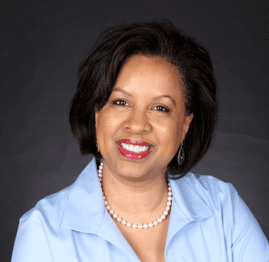
Townes-Whitley explained that Microsoft has been working with the city and throughout the state of Texas for several decades. She said Microsoft’s involvement was precipitated by the mayor’s vision of a fully integrated, connected infrastructure across multiple sectors.
Turner’s vision included a single cloud platform with integration points across various functions throughout the city infrastructure.
Additionally, Townes-Whitley maintained that a key part of their involvement included the creation a partner ecosystem whereby Microsoft brought in 150 potential technology partners and culled that list down to meet the specific needs of the city for this plan.
“We were invited in on the visionary part of it and then we started to expand in our thinking, bringing together a partner ecosystem and collectively trying to build out, if you will, an architecture that now is serving not only from transportation on the a fleet side for the citizen but also smart buildings, disaster recovery, even citizens’ sentiment analysis,” she said.
Stakeholder involvement: Herding cats
During the panel both Turner and Townes-Whitley touched on the usual balancing act necessary in satisfying the disparate and demanding stakeholders from citizen and public organizations, unions, state, local government and private enterprise. Turner said the approach must be collaborative.
I mentioned how I had become involved with this smart cities topic before it was even called as such, and that was during the original push for municipal broadband 25 years ago. At that time cities and towns across the U.S. decided to build their own wifi systems, unfortunately with limited success. The leaders of those municipalities risked a lot, and often paid for it at the next election.
However, as a former state chief information officer I know to get anything done, IT-wise, you don’t just depend on the propeller heads. You need an executive champion who stands squarely behind the project. But as with wifi, the top official risks a lot. Turner said why he decided to stake his reputation on Houston’s smart city initiative.
“If the city is not moving, if you’re standing still, you’re moving backwards. And I come from a city where you can have big visionary, bold leadership,” he said. “Houston has the ship channel with number-one foreign tonnage in [the] United States. We have the energy capital of the world. We have the largest medical center of the world. But those were all things that were started and initiated years before I came on the scene. But we just can’t keep telling that same story, because we are competing against cities across the globe.”
They need to innovate, he said, hence the idea of a public-private partnership.
Related Stories

NASCIO members still focused on security in latest annual survey
Turner also discussed the huge impact Hurricane Harvey had on Houston and how it became the catalyst to not just rebuild but to rebuild “smarter.” After all, the city of nearly 2.3 million people faced three 500-year storms in as many consecutive years.
“Who will continue to come to your city if we don’t build a stronger, more resilient city?” he asked rhetorically. “We would be making a serious mistake, if we were trying to rebuild, put things back the way they were, but that doesn’t provide, won’t make a resilient city.”
Smart cities and the digital divide
I pointed out to the mayor that some critics say that smart city initiatives have often largely failed to acknowledge the challenge presented by the so-called “digital divide.” That is the social and economic inequalities which come about as a result of who has access to this communication technology. Turner said that in Houston, providing connectivity such as wifi on public transportation, light rail and buses, as well as examining school and building safety is about giving people access in the only place they may have it.
“They may not have it residentially. I think you’re absolutely right if you’re not thoughtful about it, an intentional, you can end up with a bigger divide than what you started,” he said. “I didn’t want to be the mayor of two cities: The haves and the have nots.”
We also discussed how connected devices provide information and, obviously, Microsoft plays a huge role in that. But it’s ironic that some cities had dreams of municipal networks which were largely unfulfilled while others forged ahead with vast wireless networks for an altogether different purpose — surveillance. More can be gleaned from Shoshana Zuboff’s latest book “The Age of Surveillance Capitalism: The Fight for a Human Future at the New Frontier of Power.” Towns-Whitley said there is indeed reason for concern.
“But I think one of the things that may differentiate us as a company is this idea of what is your principled stance on the data? Who does the data belong to? You have to start with a set of principles of which we put in place almost decade ago as we started talking about cloud and data,” she said. “We started to say … we believe as a company that the data resides with that individual who created that data, so data and privacy for the user. And we’ve actually taken on our own Department of Justice at times when we’ve had to defend that position.”
In closing, Turner paraphrased his mother: “Houston is better now than it was yesterday, and it will be even better tomorrow.”
Copyright © 2025 Federal News Network. All rights reserved. This website is not intended for users located within the European Economic Area.

